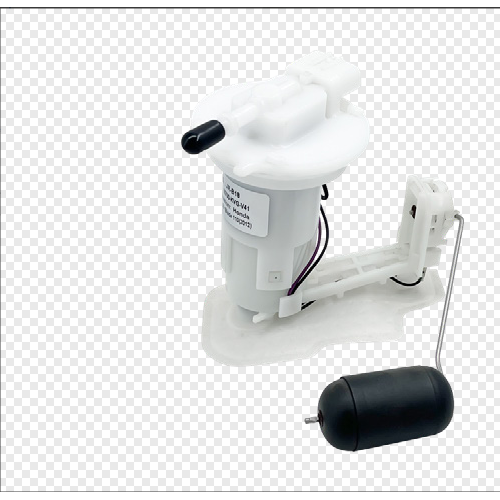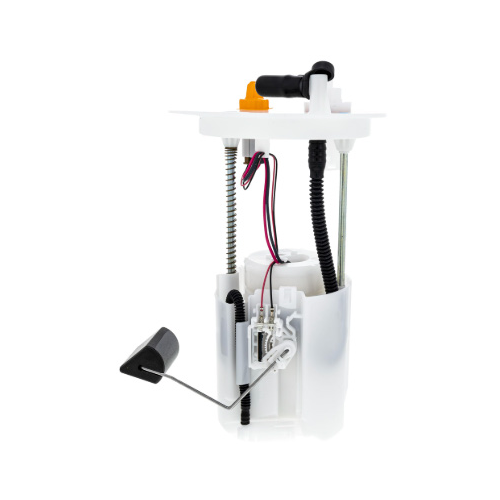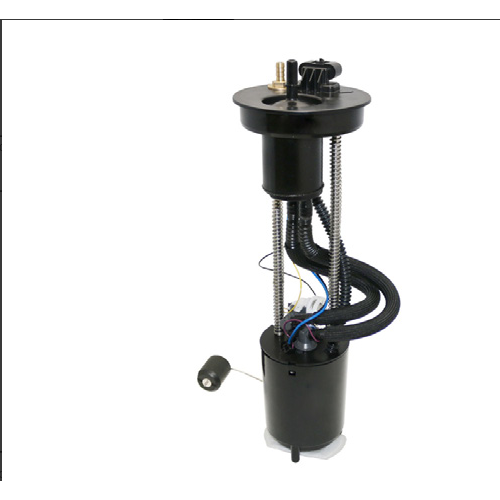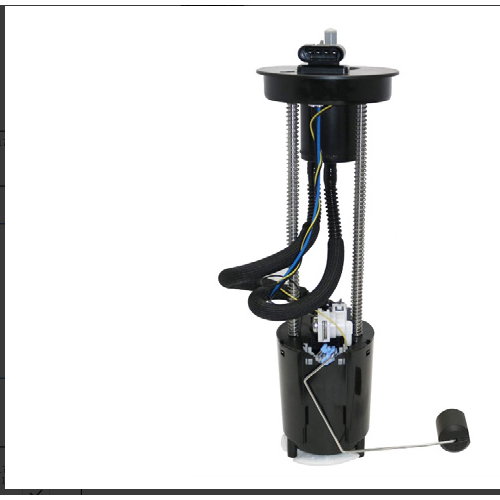Common Causes of Electric Motor Burnout II
-
12
-
2025-07-02 09:45:30
Effective Prevention Strategies for Electric Motor Burnout
Building on our previous discussion of common failure causes, here are key preventive measures:
I. Proper Motor Sizing & Installation
✔️ Matching Load Requirements
•Ensure motor power, torque, and speed precisely match operational demands
•Avoid underpowered motors (causing overload) or oversized motors (reducing efficiency)
✔️ Duty Cycle Compatibility
Select motors rated for actual operation modes:
• Continuous duty (S1)
• Short-time duty (S2)
• Intermittent periodic duty (S3-S8)
✔️ Environmental Adaptation
Choose appropriate IP rating and insulation class based on:
• Temperature extremes
• Humidity levels
• Dust exposure
• Corrosive gases
• Explosive atmospheres (Ex-rated)
Critical: Use IP55 or higher-rated motors in damp/dusty environments
✔️ Precision Installation
Stable Foundation: Ensure flat, rigid mounting to minimize vibration
Shaft Alignment: Achieve <0.05mm misalignment between motor and driven equipment (pumps, fans, gearboxes) to prevent bearing stress
Cooling Clearance: Maintain 360° airflow space; never obstruct vents or install near heat sources
II. Optimized Power Supply Conditions
✔️ Voltage Stability
Maintain supply voltage within ±5% of nameplate rating (±10% absolute max)
Solution for unstable grids: Install automatic voltage regulators (AVRs)
✔️ Phase Balance (3-Phase Motors)
Limit voltage imbalance to <1%
Consequence: Negative-sequence currents → 200%+ heating at just 3.5% imbalance
✔️ Frequency Consistency
Maintain ±0.5Hz deviation from rated frequency (50Hz/60Hz)
III. Overload Prevention
✔️Protective Devices
Install thermal relays/motor protection circuit breakers with:
• Trip settings at 105-115% of FLA (Full Load Amperes)
• Quarterly functional testing
✔️ Mechanical Maintenance
Monthly checks of driven equipment:
• Bearing lubrication status
• Impeller/pulley tension
• Gearbox engagement
• Conveyor tracking
IV. Thermal Management
✔️ Contamination Control
Clean motor fins/ventilation ducts:
• Monthly in normal environments
• Weekly in high-dust areas
✔️ Cooling System Integrity
TEFC motors: Verify fan shroud integrity
Forced-cooled motors: Monitor blowers/pumps/coolant flow
✔️Temperature Monitoring
Routine: Infrared scans of housing (safety first!)
Continuous: Install RTDs with alarm thresholds at:
• Class B: 130°C
• Class F: 155°C
• Class H: 180°C
✔️ Ambient Conditions
Never exceed motor’s rated ambient temperature
Hot environments: Use higher insulation classes (e.g., Class H) or auxiliary cooling
-
Oil Pump JR-B18-1 16700-K20-903 For Z00MER

-
Oil Pump JR-B18 16700-KVG-41 For AIR BLADE

-
Oil Pump JR-B113 16700-HR3-A21 For Fou rTrax Rancher

-
Oil Pump JR-B112-1 275500734 For GT1 130/155 2011-2012

-
Oil Pump JR-B112 47-1027 For MAVERICKX

-
Oil Pump JR-B110 47-1050 For OUTLANDER

-
Oil Pump JR-B109 709000758 For OUTLANDER

-
Oil Pump JR-B108-1 2204308 For SPORTSMAN

-
Oil Pump JR-B108 47-1014 For SPORTSMAN

-
Oil Pump JR-B98-1 47-1012 For RANGER






